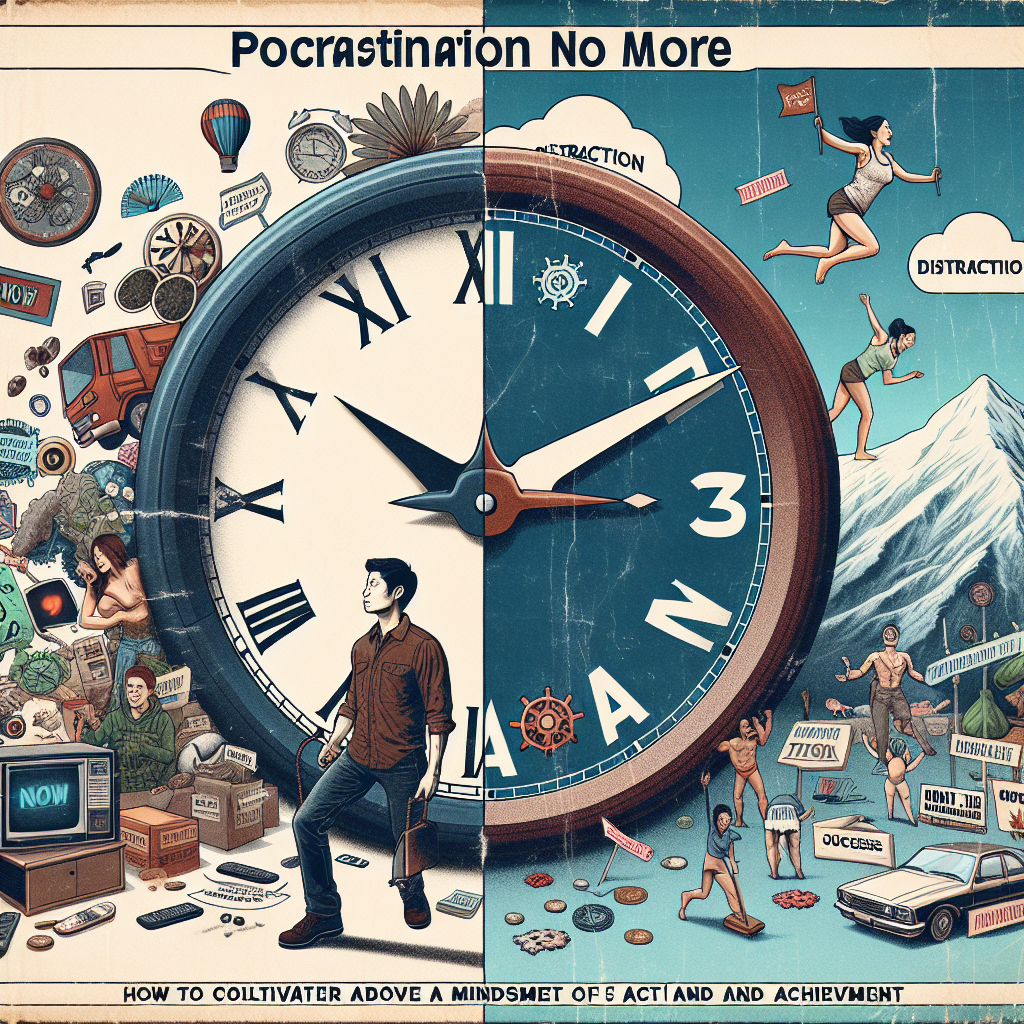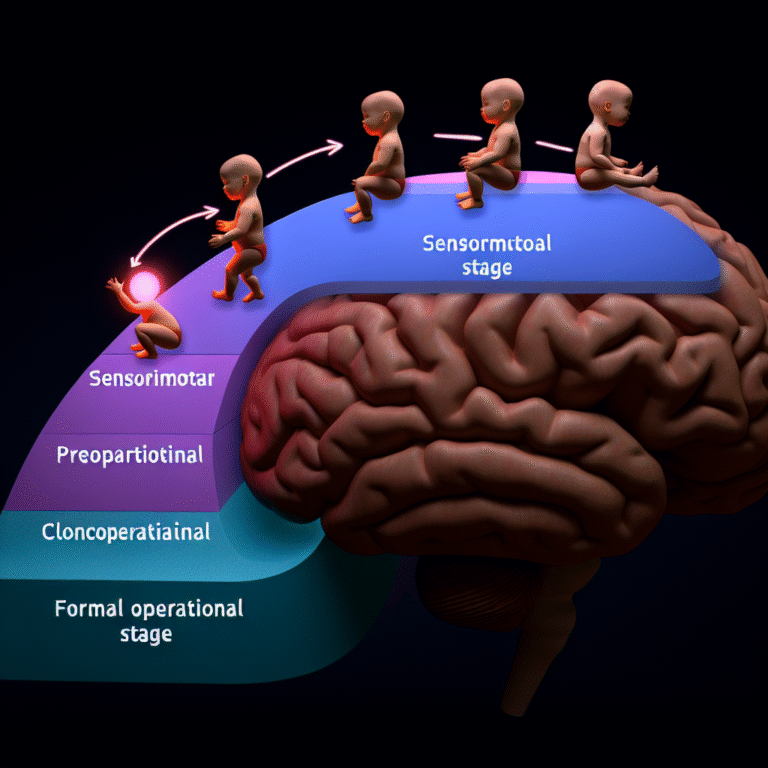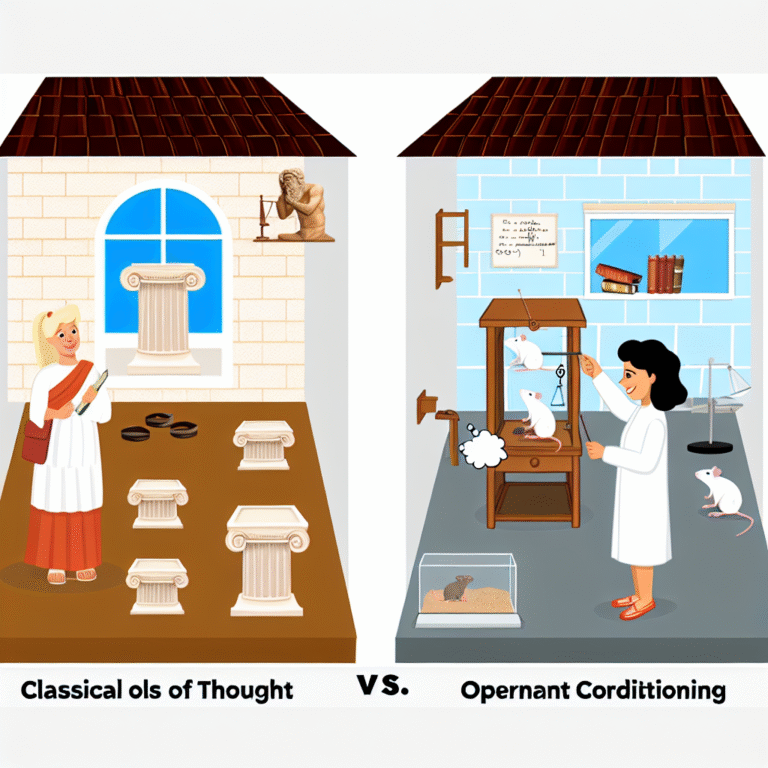
Procrastination No More: How to Cultivate a Mindset of Action and Achievement
Introduction
Have you ever found yourself staring at a looming deadline, lost in an endless scroll of social media, or binge-watching your favorite series instead of tackling that to-do list? You’re not alone. Procrastination is a universal struggle that affects millions, stealing precious time and potential from our lives. But what if I told you that embracing a proactive mindset could transform your life, leading to greater achievements and fulfillment? In this article, "Procrastination No More: How to Cultivate a Mindset of Action and Achievement," we’ll explore practical strategies to help you break free from the shackles of procrastination and ignite your passion for success.
Understanding Procrastination
Defining Procrastination
Procrastination is often misunderstood. It isn’t just laziness; it’s a complex psychological behavior influenced by fear, perfectionism, and avoidance. Understanding the “why” behind procrastination is the first step toward conquering it.
The Psychology Behind Procrastination
Fear of Failure: Many procrastinators fear not fulfilling their potential, which leads to avoidance behaviors.
Perfectionism: Setting unrealistically high standards can paralyze action.
Lack of Motivation: If the task feels uninspiring, it’s easy to delay.
Case Study: Jane’s Journey
Consider Jane, a budding author who had put off writing her novel because of self-doubt and fear of criticism. By addressing her underlying beliefs and reframing her mindset, she cultivated a proactive approach that turned her procrastination into action.
Understanding Triggers
Identify your procrastination triggers. Is it stress, uncertainty, or distraction? By understanding what prompts procrastination, you can build strategies to combat it effectively.
Cultivating a Mindset of Action
Setting SMART Goals
To shift from procrastination to action, start with SMART goals: Specific, Measurable, Achievable, Relevant, and Time-Bound.
| Goal Type | Example |
|---|---|
| Specific | I will write 500 words daily. |
| Measurable | Track progress weekly. |
| Achievable | Allocate specific time slots. |
| Relevant | Align goals with personal values. |
| Time-Bound | Set a deadline for completion. |
Building a Routine
A consistent routine can dramatically enhance productivity. Here’s how to design one:
- Morning Ritual: Start your day with focused activities—meditation, reading, or exercise.
- Time Blocking: Designate specific blocks of time for tasks. Use techniques like the Pomodoro Technique, which involves working for 25 minutes followed by a 5-minute break.
- End-of-Day Reflection: Reflect on what you accomplished and plan for the next day.
Case Study: Mark’s Transformation
Mark, a software engineer, struggled with deadlines. By implementing a structured routine and time-blocking technique, he not only met deadlines but exceeded his own expectations.
Embracing the “Fail Forward” Philosophy
Change your perception of failure. Instead of seeing it as an end, view it as a stepping stone to growth. Embracing a mindset that welcomes mistakes will encourage action rather than avoidance.
Overcoming Obstacles
Dealing with Perfectionism
- Set Boundaries: Allow yourself to produce “good enough” work.
- Focus on Progress: Celebrate small achievements to motivate yourself.
Finding Your Motivation
- Connect with Your “Why”: Reflect on the deeper reasons behind your tasks.
- Visualize Success: Imagine how you will feel once you achieve your goal.
Case Study: Lisa’s Breakthrough
Lisa, a graphic designer, fought against perfectionism. By setting realistic expectations and focusing on progress rather than perfection, she transformed her workload from overwhelming to manageable.
The Importance of Accountability
Finding an Accountability Partner
Having someone to share your goals with can provide the motivation needed to act. Choose someone who will encourage you and provide honest feedback.
Using Technology for Support
There are apps designed to help you stay on track, such as Trello or Todoist. These can send reminders and help you visualize your progress.
Case Study: Ayesha’s Success Story
Ayesha started a small business and found herself procrastinating on critical tasks. After hiring a business coach as an accountability partner, her productivity soared.
Creating a Positive Environment
Declutter Your Space
A tidy workspace can enhance focus. Take time to organize your environment, removing distractions that could lead you to procrastinate.
Surround Yourself with Positivity
Surround yourself with people who inspire you. Positive energy can dramatically affect your motivation levels.
The Power of Reflection
Regularly Assess Your Progress
Taking time to reflect on your achievements and setbacks can provide valuable insights into your procrastination patterns and how to overcome them.
Journaling for Growth
Maintain a journal to keep track of your feelings and accomplishments. Writing can clarify thoughts, making it easier to address procrastination.
Conclusion
Procrastination No More: How to Cultivate a Mindset of Action and Achievement is not just a catchy phrase; it embodies a journey towards reclaiming your time, your goals, and your dreams. By understanding the psychology behind procrastination and implementing actionable strategies, you can foster a mindset that promotes achievement. Embrace every small step forward, and remember: action breeds motivation, not the other way around. So, take that first step today — your future self will thank you.
FAQs
1. What are common reasons people procrastinate?
Common reasons include fear of failure, perfectionism, lack of motivation, and feeling overwhelmed.
2. How can I overcome perfectionism?
Allow yourself to produce good enough work and celebrate small achievements to foster a more positive approach.
3. Is it normal to procrastinate from time to time?
Yes, many people procrastinate at times, but recognizing it and taking action is crucial to maintaining productivity.
4. Can technology help with procrastination?
Yes, there are many apps and tools designed to help manage time and tasks effectively.
5. What is the Pomodoro Technique?
The Pomodoro Technique involves working for 25 minutes, followed by a 5-minute break. This method helps maintain focus and avoid burnout.
In summary, the journey toward eliminating procrastination and fostering a mindset of action and achievement is both personal and transformative. Equip yourself with the right tools, adopt a proactive mindset, and watch your journey toward excellence unfold.
















